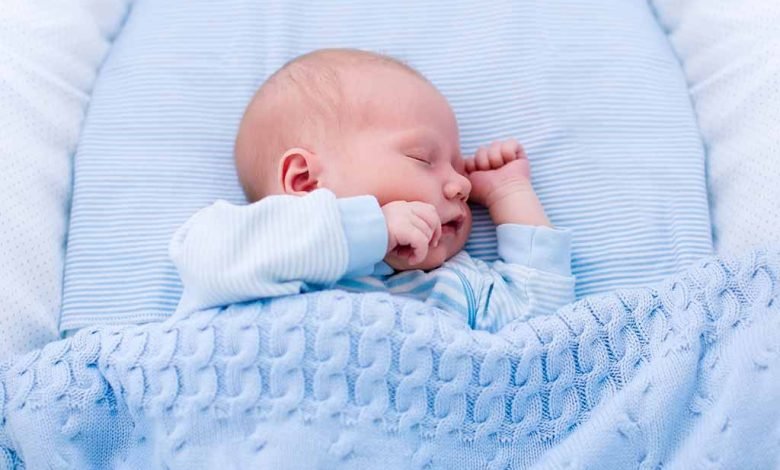Ways to Introduce a Security Blanket to Your Baby

Long before the baby is born, new parents are bombarded with information, including suggestions regarding how babies should sleep. It’s especially useful when the guidance comes from a reputable source like the American Academy of Pediatrics (AAP). One of the most critical infant sleep guidelines is that there should be nothing in the crib but the baby, who should be dressed in a snug onesie or a pediatrician-approved baby sleep sack. Gone are the days when newborns slept in cribs with bumpers and were surrounded by fluffy toys. SIDS is made more likely by soft toys and baby milestone blankets (sudden infant death syndrome).
Parents can ask their pediatrician if their baby is ready for a security blanket once he or she is at least a year old. Many adults recall (and some have secretly retained) the “blankie” or “lovey” they had as a child. These soft, reassuring objects provided comfort and a sense of safety. Many parents try to instill in their children a similar sense of warmth and comfort.
Babies develop at different speeds, and some may not be ready until they reach the age of 18 months. If your pediatrician approves, the next step is to figure out how to introduce a security blanket to your infant.
Choose the right size and fabric
If your child is ready for a blanket, choose one that is tiny enough to not coil around them. Make sure there are no little parts that could come loose and provide a choking hazard. Strings, ribbons, tassels, and ties should not be used on blankets since they can be dangerous. Organic muslin baby blankets from 10 to 12 Baby Lounge are a comfortable but airy option. Keep an eye on the blanket’s weight; newborns’ strength and ability to roll over and move around are still developing. Because their bodies are still learning to regulate heat, a lighter, breathable blanket is preferable.
Carefully introduce the blanket
Assist your infant in associating the blanket with the comfort and cuddling he or she receives from you. During feedings, carefully wrap the blanket around the infant, keeping the baby’s head and face unobstructed. Don’t just use the blanket at feeding time—regular snuggling time is also vital so the baby doesn’t associate the blanket with a meal. All of the time your baby is held on your chest, peering over your shoulder as you move up and down, bouncing, and singing together could be a time when they come into contact with their new blankie.
Consider getting a spare blanket
When a baby identifies a blanket with the warmth they receive from their parents, they will want to keep it with them at all times. That’s why buying a spare is an excellent idea so that if one blanket has to be washed, you’ll have an identical lovey ready to go.
When it comes to introducing a security blanket to your infant, the most crucial factor to consider is safety. Before you begin, consult your pediatrician to ensure that your baby is ready and that you have taken into account your child’s specific development and sensitivities.
Also check: Online Courier Booking Software for 7 Reasons




